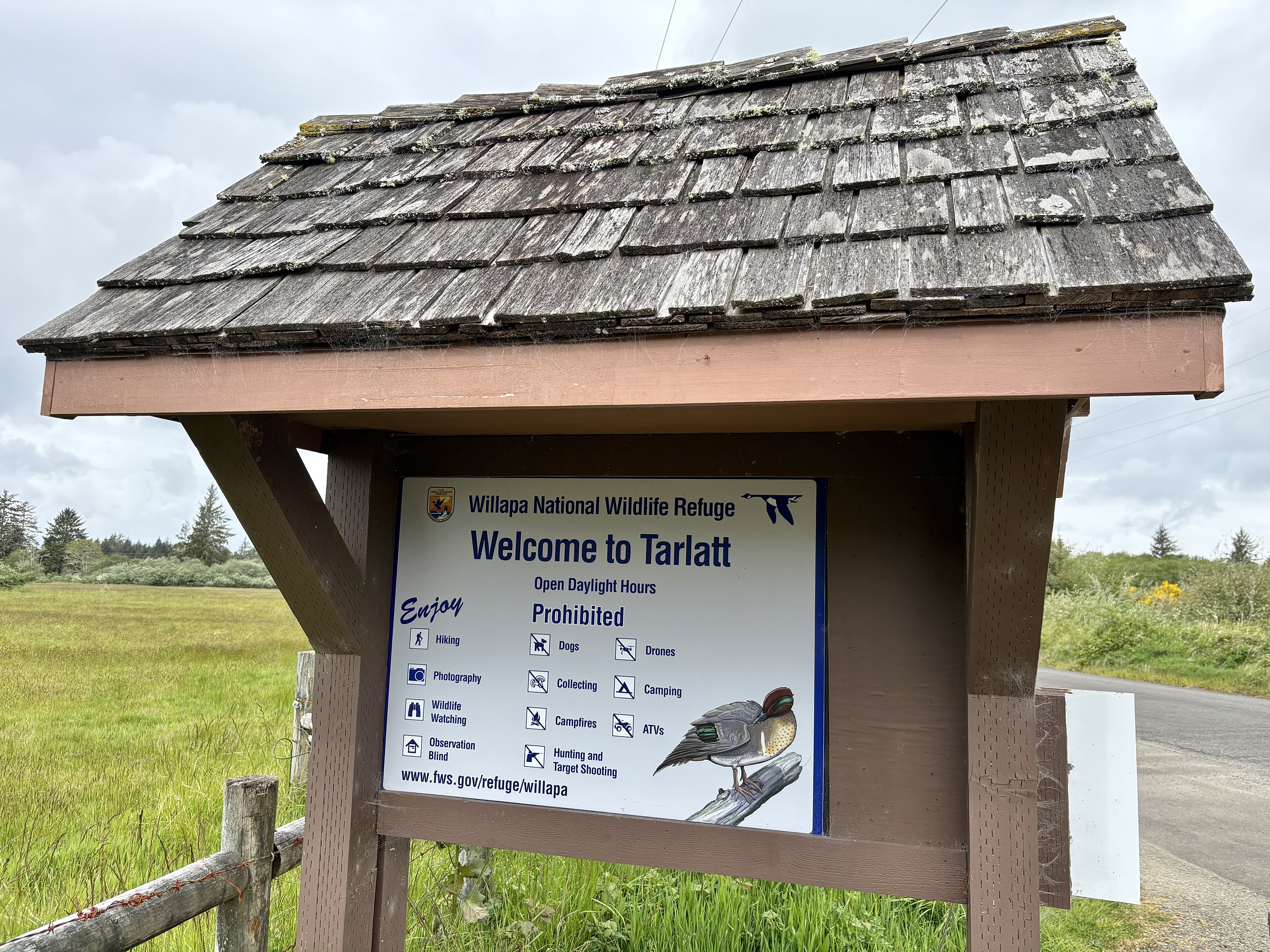Weather service cuts worry crisis chief
Published 8:24 am Tuesday, April 1, 2025
As local emergency management officials explain it, partnerships that have been built over the years with National Weather Service personnel have made Pacific County more prepared and better equipped for the regular extreme weather events and crises that threaten our small slice of the Pacific Coast.
But mass layoffs and resignations at the National Oceanic and Atmospheric Administration, of which the NWS is one of its major offices, have the director of the Pacific County Emergency Management Agency concerned about the level of support NWS may be able to provide moving forward.
“ I think people really may be underestimating how important the National Weather Service is to what we do here,” said Scott McDougall, who has served as PCEMA’s director since 2017 and was previously its deputy director.
Background
Trending
In early March, the Associated Press reported that the Trump administration and its Elon Musk-led Department of Government Efficiency began plans to cut 10% of NOAA’s current workforce — more than 1,000 workers. These expected layoffs are on top of an earlier round of firings and encouraged resignations of weather forecasters and less-tenured NOAA employees who were on probationary status.
In all, about 25% of jobs within NOAA will have been eliminated since the beginning of President Donald Trump’s second term if these further planned cuts come to fruition. A former NOAA Administrator, Rick Spinrad, told the AP that “there is no way to make these kinds of cuts without removing or strongly compromising mission capabilities.”
NOAA is responsible for monitoring and forecasting weather across the country as well as tracking climate trends. The agency oversees both the NWS and the National Hurricane Center, which maintain a network of radar systems, satellites and weather balloons to help predict and track extreme weather events.
The National Tsunami Warning Center in Alaska is a NOAA facility that detects, locates, sizes and analyzes earthquakes worldwide. Information is distributed to relevant emergency management officials, including at PCEMA, when NTWC’s alarm is initiated — which triggers an immediate earthquake and tsunami investigation.
The Northwest River Forecast Center is based out of the NWS Portland office, and is one of 13 hydrologic centers in the country. The center specializes in river modeling and flood and water resource forecasting, and issues flood warnings and river stage forecasts over a swath of about 285,000 square miles and parts of seven states.
Forecasting operations have already been affected in some places, with staffing shortages suspending the launches of some weather balloons, which track atmospheric conditions.
Trending
Pacific County is served by the NWS’s Portland office, which is one of the agency’s four offices in Oregon. The state’s climatologist, Larry O’Neill, told the Oregonian that roughly 25% to 60% of staff were cut from each of the offices in the state.
‘Truly partners’
For McDougall, what makes the NWS so crucial in assisting the county’s emergency management operations are the people. Listing off a handful of officials at the NWS Portland office that he has regular contact with, he said they were “truly partners” in much of PCEMA’s planning and response efforts.
“ So much of what we do is weather-related, and we’ve developed these partnerships with the folks at the National Weather Service office [in Portland], and we’re kind of interrelated,” said McDougall. “ We have a coexistence where we are each the stakeholders of the other.”
He cited the windstorm in late February that hammered both ends of the county as one such case where NWS officials provided invaluable data and insight. Conversations about the storm began a week prior to the Monday, Feb. 24 landfall, with NWS personnel providing daily email briefings about what they were seeing in the long-range forecast.
The agency then put an official watch out within 3-4 days of the storm’s arrival that later progressed to a warning. Over the weekend prior to the storm’s arrival, McDougall was in contact with NWS officials to try and determine the impact to local tides.
On Monday afternoon, about two hours prior to the storm’s arrival, the NWS contacted McDougall and told him that they believed the county would take more of a direct hit than is typically experienced due to the unusual direction of the wind; much of the weather that hits Pacific County comes from a south-to-southwesterly flow, but agency personnel advised McDougall this storm would be coming more out of the west.
“ And so because of that change in wind direction, that’s what caused a lot of the additional damage that we normally don’t see in a storm like that,” he said. “So they took the time to reach out to me and say, ‘Hey, we’re watching this. You need to be aware.’ And it…allowed me to start getting assets headed in the right direction.”
Up-to-the-moment
But McDougall would expect nothing less from the NWS. The agency provides PCEMA with spot weather forecasts — near-term, local-scale forecasts — during major local events such as Rod Run.
“They will give me a weather forecast right down the curb,” he said.
One such case in which McDougall asked the NWS for a spot forecast was during the fire at the Ilwaco Landing facility in January in 2024. He also requested plume modeling, which uses computer simulations to predict the path of smoke plumes and help to forecast air quality impacts. Plume modeling is also provided when a wildfire breaks out nearby wildfires are burning and the smoke has the potential to affect the county.
“ These are people who are taking an incredible amount of technology, an incredible amount of information, and then they are distilling it down so that somebody like me can understand the information that’s being presented,” McDougall said.










